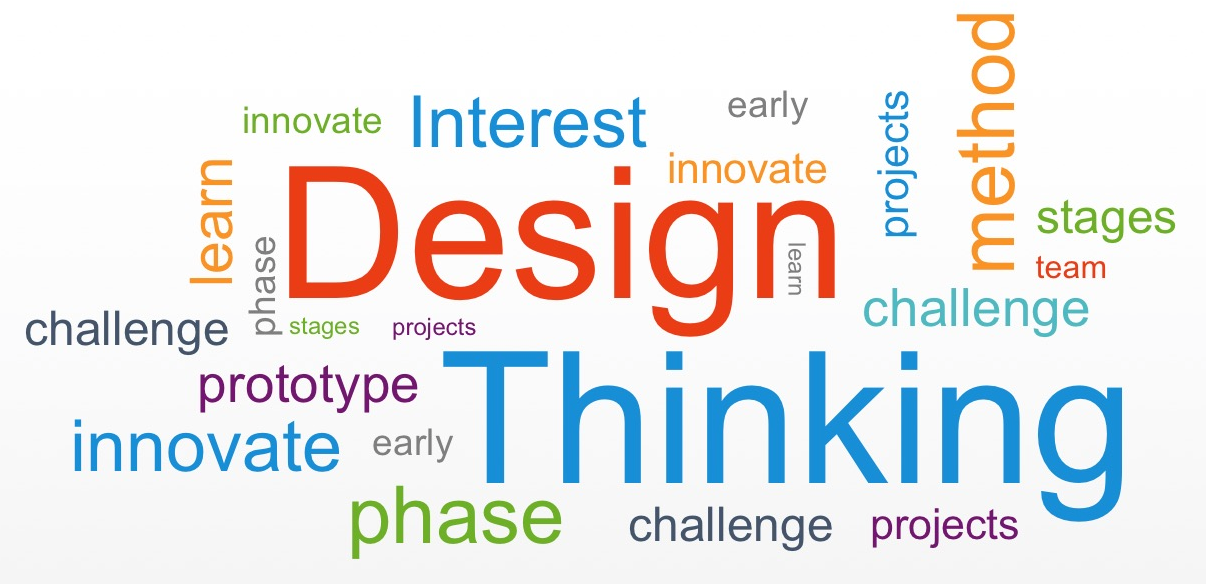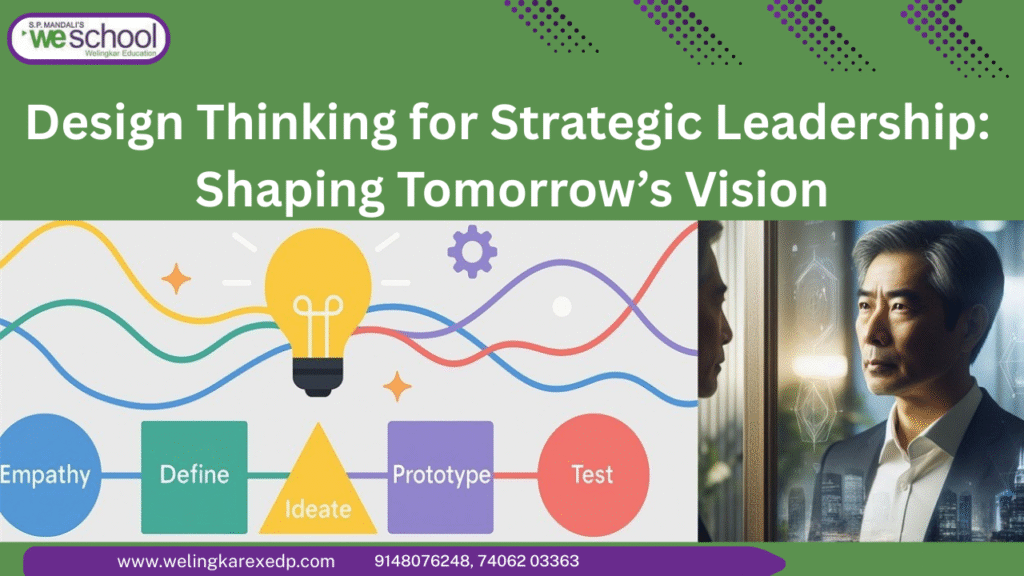Leadership in the modern world demands more than operational efficiency. It requires foresight, creativity, and the ability to build solutions that meet complex human needs. Traditional approaches to leadership focus heavily on processes and outcomes, but they often overlook empathy and innovation. This is where design thinking enters the picture.
Design thinking equips leaders to reframe challenges, experiment with ideas, and co-create solutions with stakeholders. By combining empathy, creativity, and analytical rigor, it prepares leaders not just to respond to change but to shape it. Strategic leadership enriched by design thinking is about building tomorrow’s vision today, with clarity and confidence.
Why Design Thinking Matters in Leadership
Organizations often struggle when they treat leadership as a checklist of decisions rather than a creative process. Design thinking changes this mindset by encouraging leaders to put people at the center. Instead of only asking, “What do we need to deliver?” leaders also ask, “Who are we serving, and what matters most to them?”
This shift transforms the role of leadership. It pushes leaders to consider long-term impact, not just short-term results. When leaders embrace design thinking, they start creating strategies that resonate with both business objectives and human needs.
The Five Stages of Design Thinking for Leaders
Design thinking typically involves five stages: empathize, define, ideate, prototype, and test. Applied to leadership, these stages become powerful tools for vision and strategy.
Empathize
Leaders begin by understanding people, employees, customers, and communities. This means going beyond surface data to listen deeply and observe needs. Empathy creates strategies that are relevant and trusted.
Define
Clarity matters. Leaders use insights from empathy work to define the right problems to solve. Defining problems well prevents wasted resources and ensures alignment with organizational purpose.
Ideate
Brainstorming encourages creativity. Leaders invite diverse perspectives to generate a wide range of solutions. This openness fosters innovation and helps avoid narrow thinking.
Prototype
Instead of committing to massive changes immediately, leaders create small models or pilots. Prototypes allow testing ideas in controlled settings, saving time and money while reducing risk.
Test
Feedback from pilots and prototypes helps refine solutions. Leaders use testing not as judgment but as learning, making final strategies more robust and effective.
Strategic Leadership Benefits of Design Thinking
Design thinking provides several advantages that directly strengthen leadership.
- Clarity in uncertainty: Leaders learn to explore problems before rushing to solutions.
- Inclusive decision-making: Stakeholders are engaged early, which builds support and reduces resistance.
- Agility: Rapid prototypes help organizations pivot quickly without heavy costs.
- Vision alignment: Solutions are shaped around shared values and real needs, making them sustainable.
Together, these benefits create a leadership style that is both innovative and responsible.
From Theory to Practice: How Leaders Apply Design Thinking
The power of design thinking lies in its application. Leaders across industries have adopted this approach to solve issues ranging from customer retention to employee engagement.
For example, a leader facing high employee turnover might use empathy interviews to understand frustrations, define root causes such as lack of recognition, ideate solutions like peer-to-peer rewards, prototype a recognition platform, and test it within one department. This process does more than solve a problem, it creates a culture of co-creation where people feel valued.
Another application is in strategic planning. Instead of setting rigid five-year plans, leaders can co-design visions with employees and customers, testing assumptions along the way. This keeps strategy adaptive and resilient.
Why Mid-Career Leaders Need Design Thinking
Mid-career professionals often transition from functional expertise to strategic influence. This shift requires a mindset that can handle complexity, ambiguity, and competing interests. Design thinking equips them with that mindset.
By learning to empathize, define, ideate, prototype, and test, mid-career leaders become more adaptable. They also learn to balance analytical skills with creativity. These qualities prepare them for senior roles where strategic vision is essential.
Design Thinking as a Leadership Differentiator
In crowded markets, what sets leaders apart is not only their ability to manage but also their ability to innovate responsibly. Design thinking acts as a differentiator because it fosters strategies that resonate with both business goals and human values.
Leaders who use design thinking often earn stronger trust from their teams, because they show they are listening and experimenting, not dictating. They also become better storytellers, connecting people to a shared vision shaped by collective input.
Welingkar and Design Thinking in Leadership Education
At Welingkar (WeSchool), design thinking is woven into executive learning pathways. Programs under welingkarexedp emphasize experiential learning through real projects, case simulations, and workshops. Participants practice empathy mapping, rapid prototyping, and testing ideas in guided environments.
Faculty members bring industry experience, making design thinking exercises practical. Peer groups from diverse backgrounds add fresh perspectives, ensuring leaders are exposed to varied problem-solving styles. This prepares participants to return to their workplaces with ideas they can apply immediately.
For professionals in South India, enrolling in a leadership development program in Bangalore at Welingkar ensures exposure to both design thinking and strategic leadership frameworks. The location advantage also connects learners with dynamic industries and innovation ecosystems.
Long-Term Impact of Design Thinking on Leadership
Leaders who integrate design thinking into their practice often report lasting benefits. They become better at navigating change, motivating teams, and building strategies that hold up under pressure. Their organizations also benefit, with improved innovation pipelines, stronger employee engagement, and more customer-focused outcomes.
The long-term impact extends beyond organizations. Ethical and empathetic leadership shaped by design thinking contributes to society by promoting solutions that respect human dignity and environmental sustainability.
Conclusion
Strategic leadership is about more than steering organizations toward financial goals. It is about shaping visions that matter to people and stand the test of time. Design thinking helps leaders achieve this by teaching them to empathize, define, ideate, prototype, and test. The result is a leadership style that is inclusive, innovative, and resilient. Leaders who practice design thinking are better prepared to guide organizations through uncertainty while shaping a future that inspires progress.
Ready to sharpen your leadership vision? Explore Welingkar (WeSchool) executive programs in Bangalore and lead with innovation.
FAQs
What is design thinking in leadership?
It is an approach where leaders apply the five stages of design thinking: empathize, define, ideate, prototype, and test to strategic challenges. It helps them balance creativity and analysis while staying people-centered.
How does design thinking improve strategic leadership?
It encourages leaders to explore problems deeply, involve stakeholders, and test solutions before full rollout. This makes strategies more inclusive, adaptive, and sustainable.
Is design thinking only for creative industries?
No. Design thinking is used across sectors, from healthcare to finance. It helps leaders manage uncertainty and create human-centered strategies in any context.
Why does Welingkar emphasize design thinking?
Welingkar integrates design thinking into its programs to ensure leaders practice innovation in real scenarios. The focus is on immediate application, not just theory, making graduates workplace-ready.







